By Michael Haskew
“We heard strange throbbing noises, and lumbering slowly towards us came three huge mechanical monsters such as we had never seen before,” remembered Bert Chaney, a 19-year-old officer in the Signal Corps of the British Army. “My first impression was that they looked ready to topple on their noses, but their tails and the two little wheels at the back held them down and kept them level….”
Chaney was witnessing the dawn of a new era in warfare. On September 15, 1916, at Flers Courcelette during the Battle of the Somme, one of the bloodiest affairs of World War I, the tank made its combat debut. Developed under a cloak of secrecy with the explanation that the large iron containers being manufactured were meant to carry water, the nebulously named tank was actually designed to cross No Man’s Land, traverse German trenchlines, penetrate into the enemy’s rear, and break the hellish stalemate on the Western Front.
A Dark, Sweltering Cave of Armor Plating
The Mark I tank, the first in British production, weighed just over 31 tons, and riveted armor plating protected a crew of eight soldiers in a dark, sweltering cave of a compartment that was routinely permeated with noxious gasoline fumes. Two main variants of the Mark I were built – the Male with sponson mounted 6-pounder guns and a pair of .303-caliber machine guns in the hull and the Female model which mounted five .303-caliber machine guns. The Male was intended to take on German strongpoints, while the Female battled enemy infantry concentrations.
At Flers Courcelette, approximately 50 Mark I tanks rolled forward, and the Germans who saw them coming with the British infantry were initially stunned. “And there between them, spewing death, unearthly monsters,” remembered one German soldier. The Mark I was indeed innovative; however, it was also primitive. Shaped like a rhombus, it utilized caterpillar tracks that circulated around the entire length of the machine. It was prone to mechanical failures and often was immobilized in shell holes or craters, or even on tree stumps. Still, the Mark I tanks that entered battle on September 15, 1916, impressed British commanders, who requested more of them.
Although the tanks at the Somme failed to break the stalemate, it was obvious that the new weapon would influence the future of land warfare. Tactical refinements in the employment of tanks and in the designs and capabilities of the vehicles themselves continued. The Germans soon developed tanks of their own and devised effective tactics to defend against those of the British and French.
Only the Beginning…
While two of the tanks that Chaney saw that morning on the Somme front were disabled, the third managed to mount an attack against the Germans. “This was one of the rare occasions when they had passed through the enemy fire, and they were enjoying themselves chasing and rounding up Jerries, collecting thousands of prisoners and sending them back to our lines escorted only by Pioneers armed with shovels,” he recalled, perhaps with a bit of exaggeration.
The action at Flers Courcelette was just the beginning. Both sides learned lessons, and a generation later the tank became a primary offensive weapon during World War II. One hundred years after its debut during the Battle of the Somme, the tank remains a dominant force on the battlefields of the 21st century.
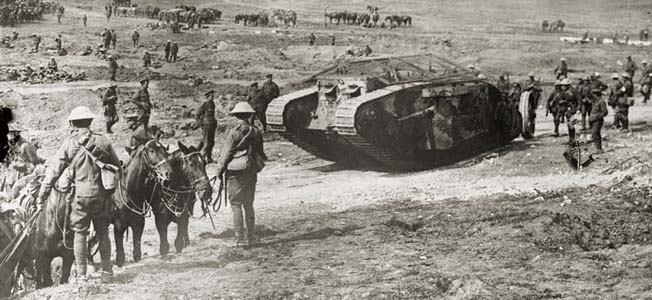


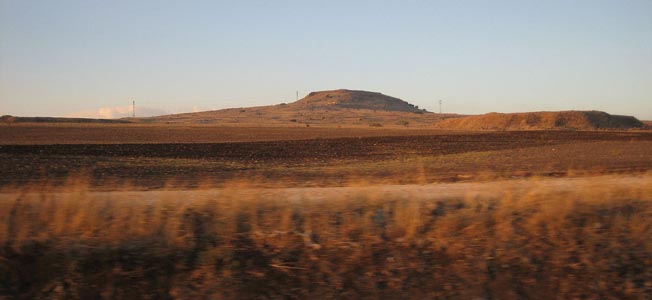
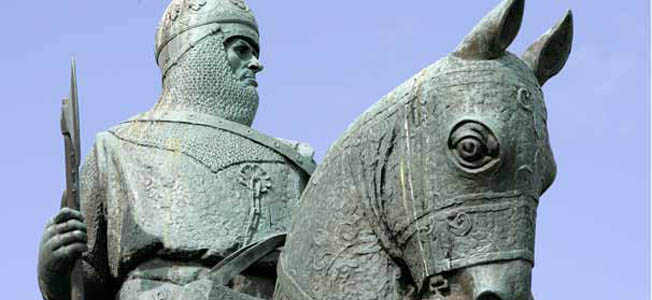

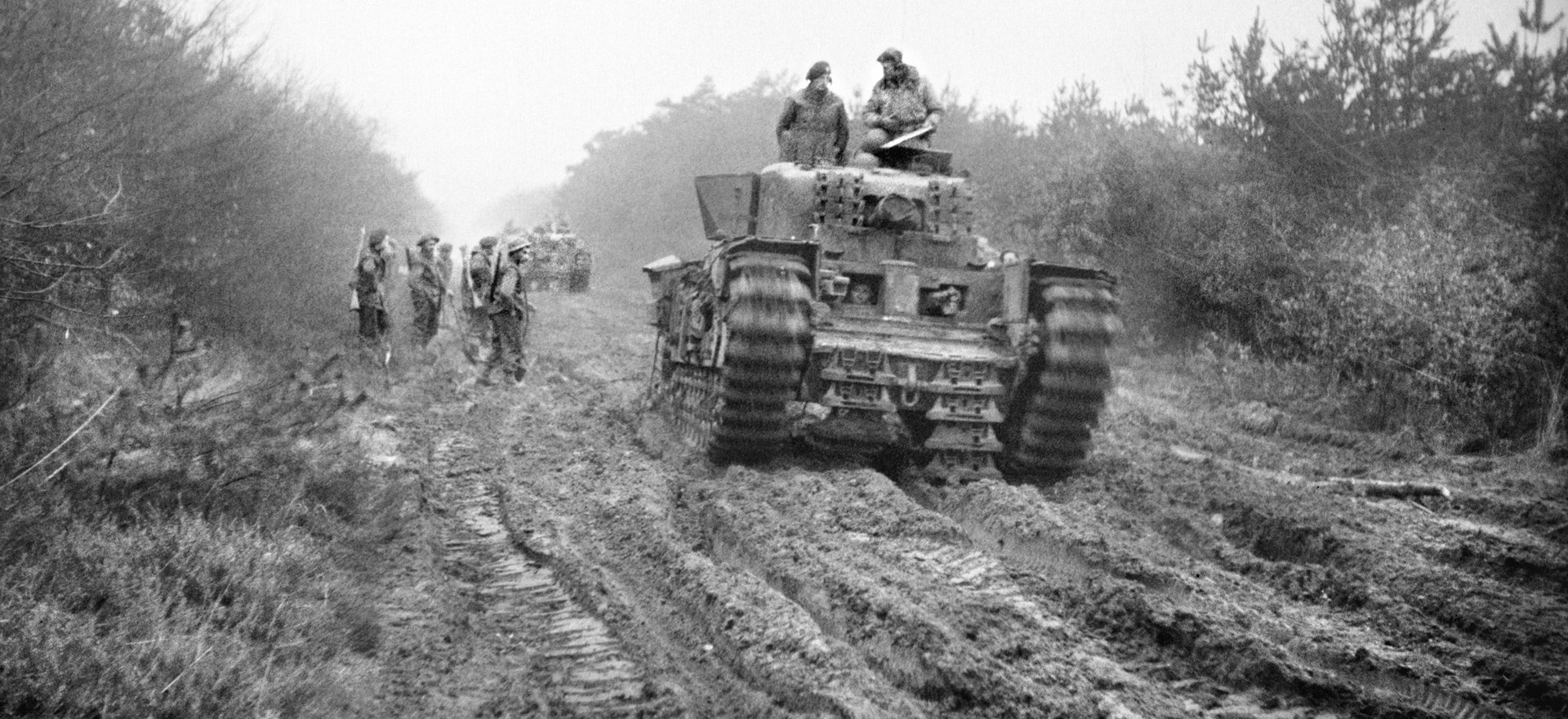
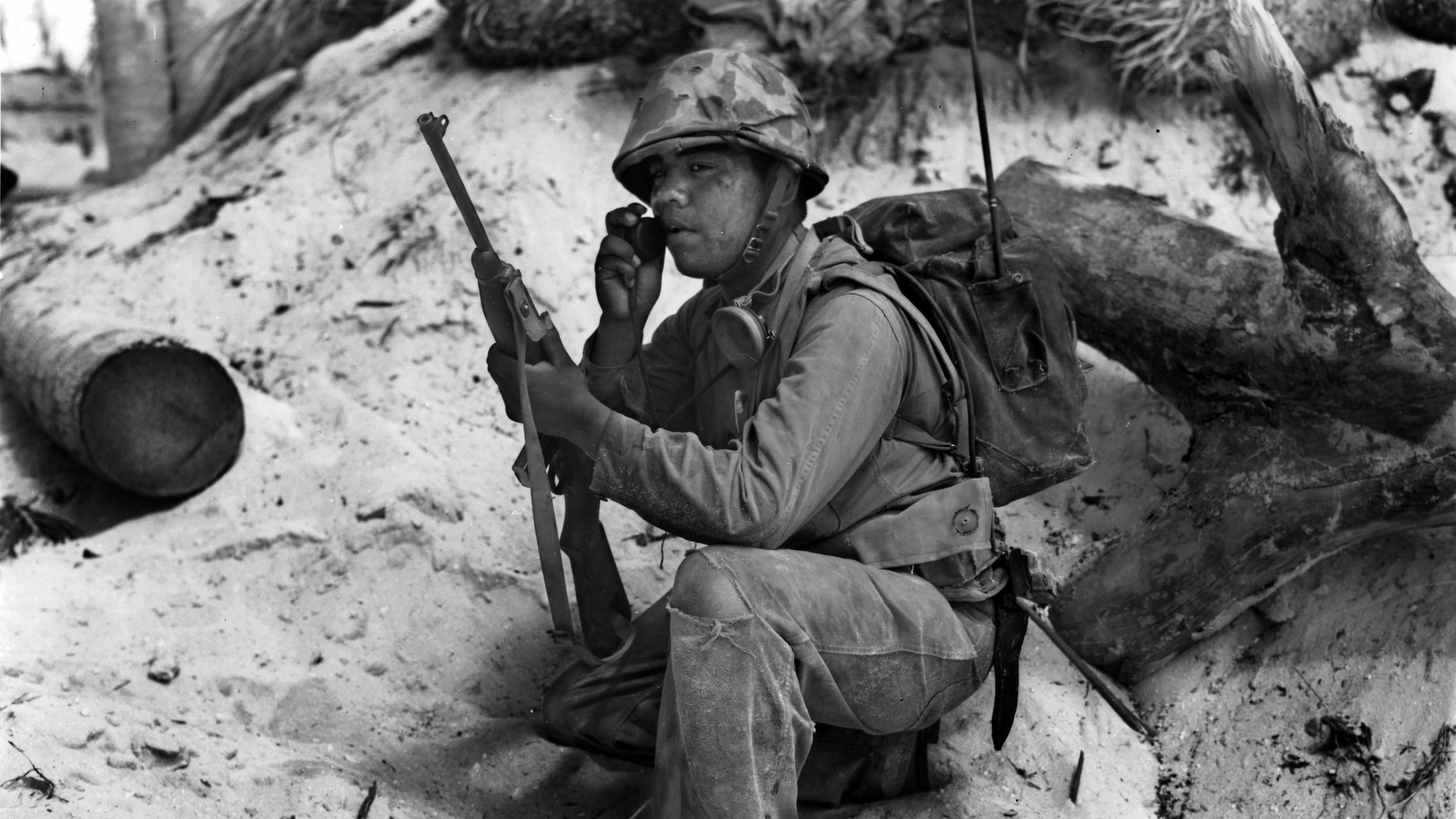
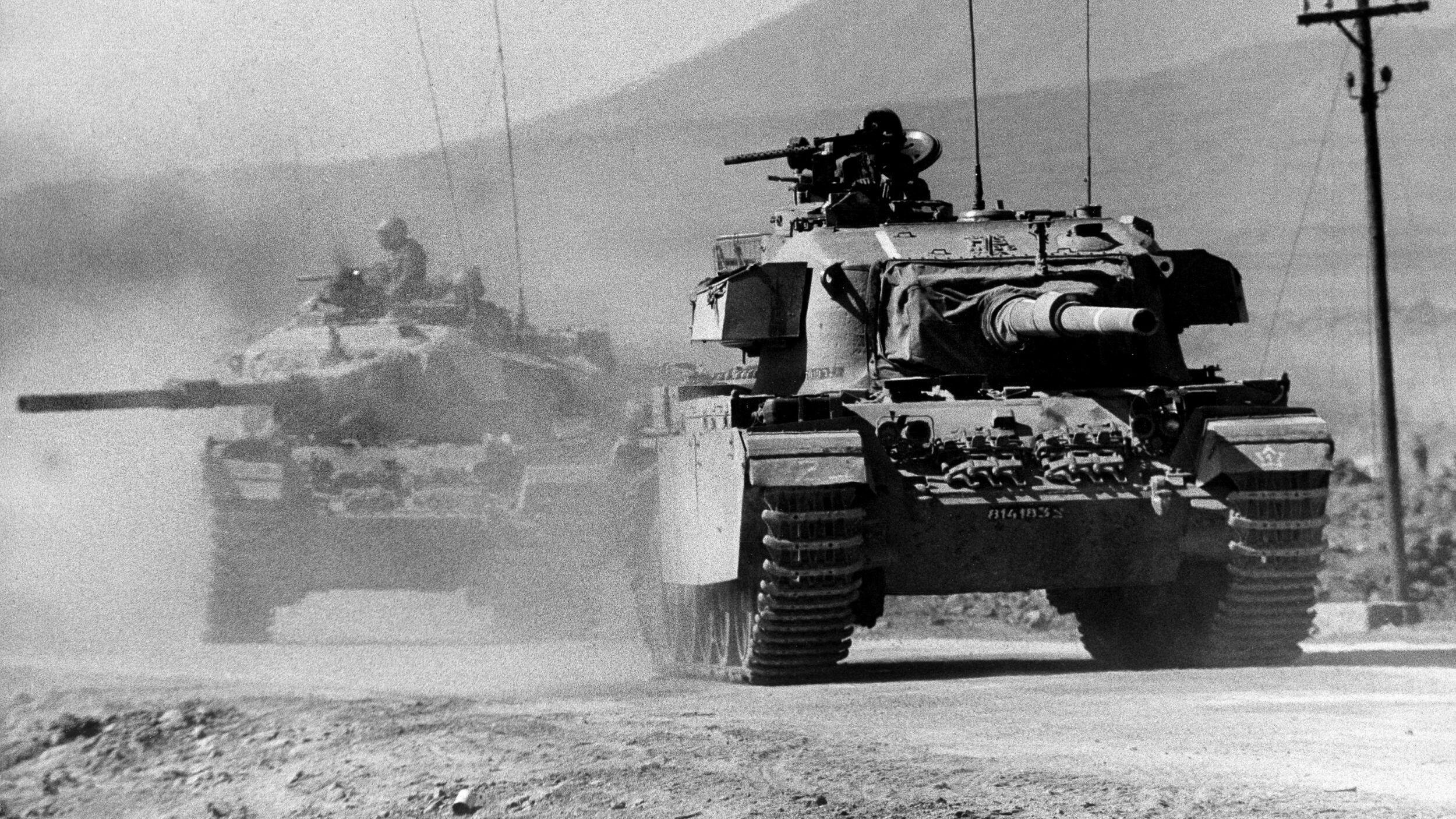
Join The Conversation
Comments
View All Comments